100 Years
of Media Technology Advanced
by Public Service Media
The technologists of public service media will never stop dreaming. From their dreams come advances in media technology. Their objective is to bring audiences the finest media experience that technology can provide. They will continue to strive to do so in the decades ahead. They have much to live up to – behind them are one hundred years of achievements.
It would be impossible to mention them all, or to acknowledge all those who made them possible – but they themselves know who they are. Individual public service media companies have made countless technology advances themselves that all deserve recognition. Here we focus on some of the collective achievements of public service broadcasters.
Start1922
Broadcasting in Europe takes off
Prohibited since the Great War, radio broadcasting was now permitted in Europe. The race to start services began. In a few short years, across the continent, broadcast reception was limited by interference between transmitters. Europe’s fledgeling public service broadcasters needed to find a solution. They formed the International Broadcasting Union (IBU) and, after extensive tests, led by Belgian engineer Raymond Braillard, they devised the basis of international transmitter frequency planning. The first plan of many, the ‘Geneva Plan,’ includes basic principles that are still being used today. Raymond and his colleagues are among the ‘godfathers’ of broadcast media.
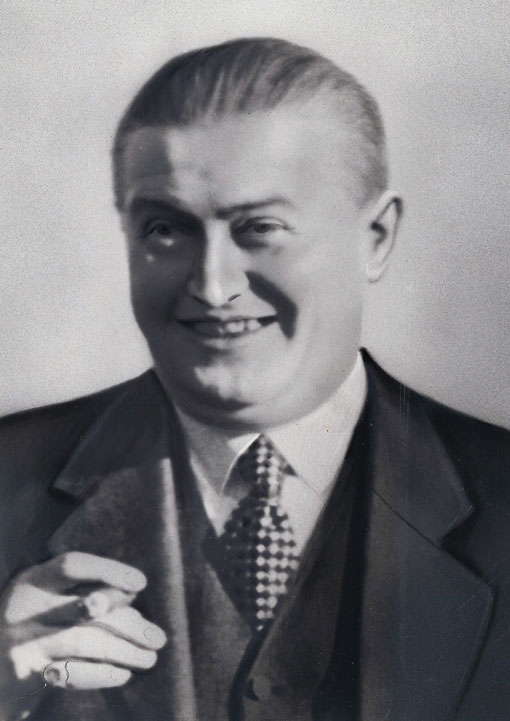
1922-1925
The first European public service media services begin
In the years immediately following 1922, broadcast pioneer and engineer John Reith, the Managing Director of the newly-formed BBC, together with Swiss broadcasting pioneer Maurice Rampert, convinced Europe’s public service broadcasters that they must work together to solve common technical and many other problems. They also encouraged programme exchange between people. They were the driving forces behind the creation of the International Broadcasting Union in 1924/25. (After the Second World War, IBU Members divided into the EBU (Western Europe countries) and the OIRT (Eastern European countries). OIRT Members later joined the EBU in 1993.
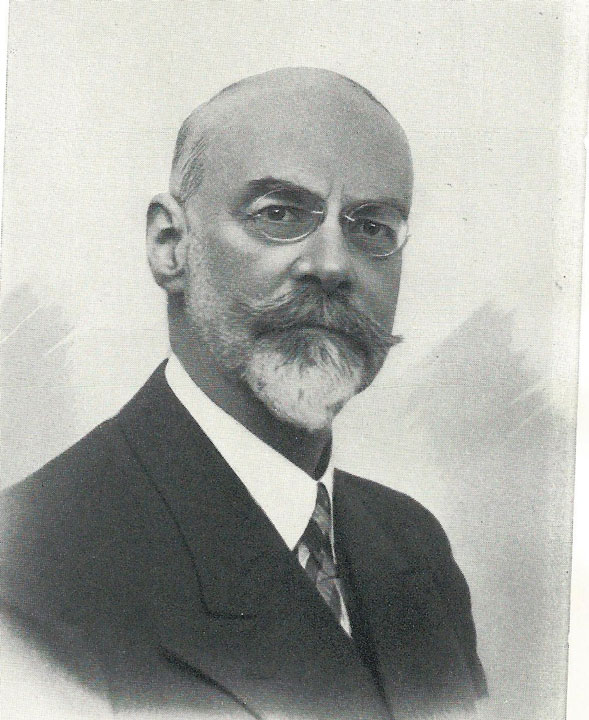
1926-1927
Broadcasting frequency accuracy is enabled
For the evolving international frequency plans to work, broadcasts needed to be transmitted with accurate frequencies. Initially, broadcasters in Europe did not have the means to check the accuracy of, and adjust, their broadcast frequencies. The IBU thus developed a new ‘wavemeter’ which could be used to accurately set up transmissions. The IBU also set up an ‘observation post’ in Belgium to monitor broadcast frequencies in use. These helped the frequency plans to work well and allowed European listeners greater interference-free reception.
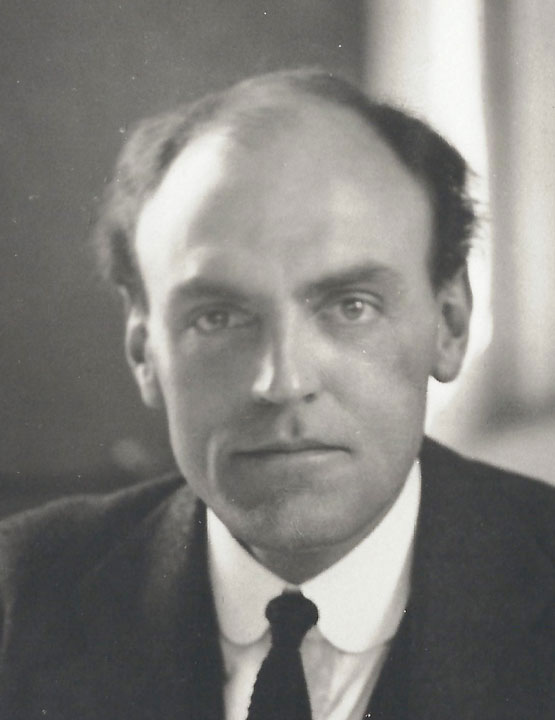
1935-1937
The first television broadcasts
There was no unique ‘inventor’ of television. There was a common view among IBU Members that the ‘hour of television had come,’ and there were several independent developments. As examples, an initial mechanical-scan broadcast television service (180 lines/image) was trialled in Berlin in March 1935 and in Paris in November 1935. In 1937, the 405 line/image system was adopted in the UK, an electronic system (455 lines/image) in France, and in Germany and Italy, an electronic system (441 lines/image). Sadly the Second World War put television on hold in Europe until 1945 when the continent eagerly entered the new age.
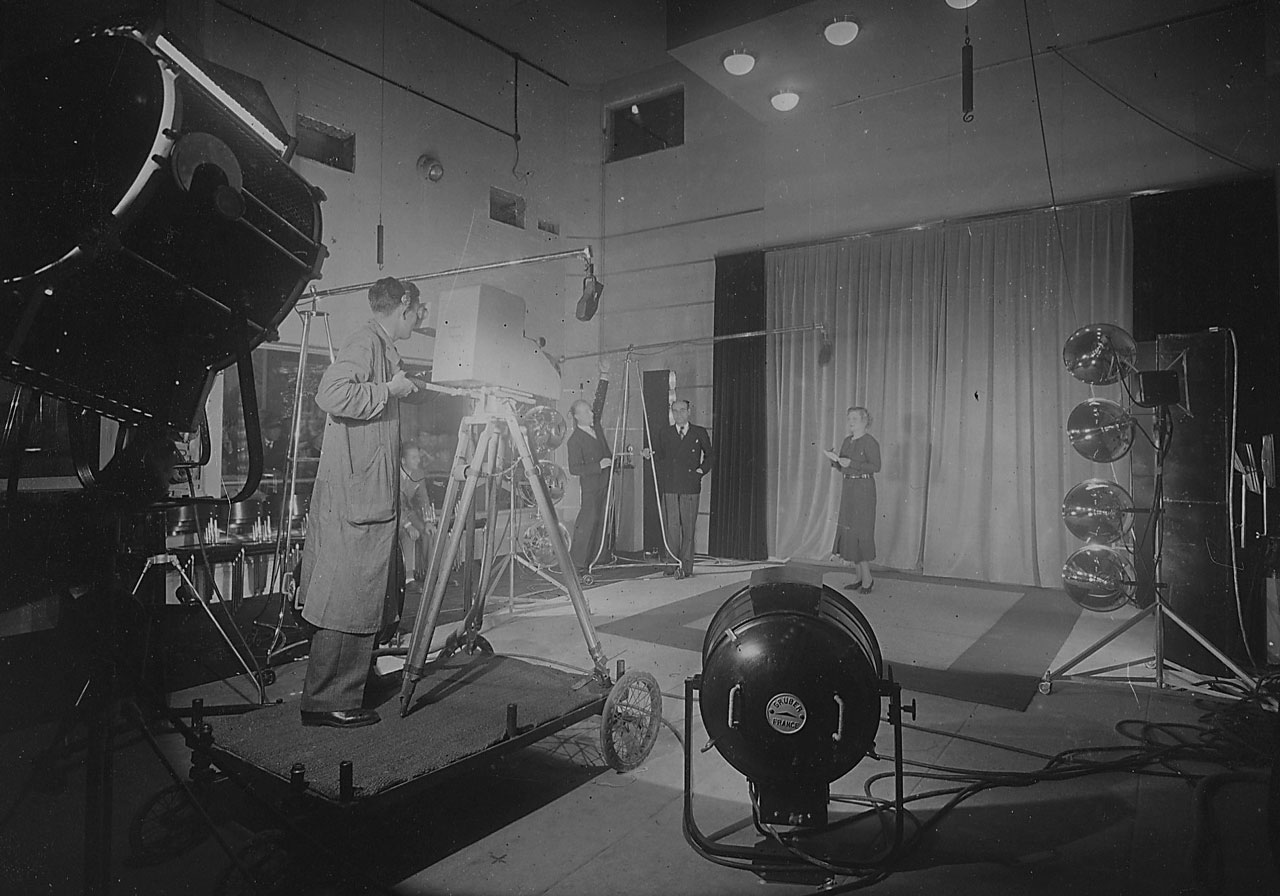
1950-1952
The international exchange of television programmes
The first live TV programmes shot in France were seen by UK public service viewers in 1950. In 1952 live programmes originated in France and the UK were exchanged, with conversion between the different image technical standards used. Their success led to work towards a permanent programme exchange network, which came to be known as ‘Eurovision.’
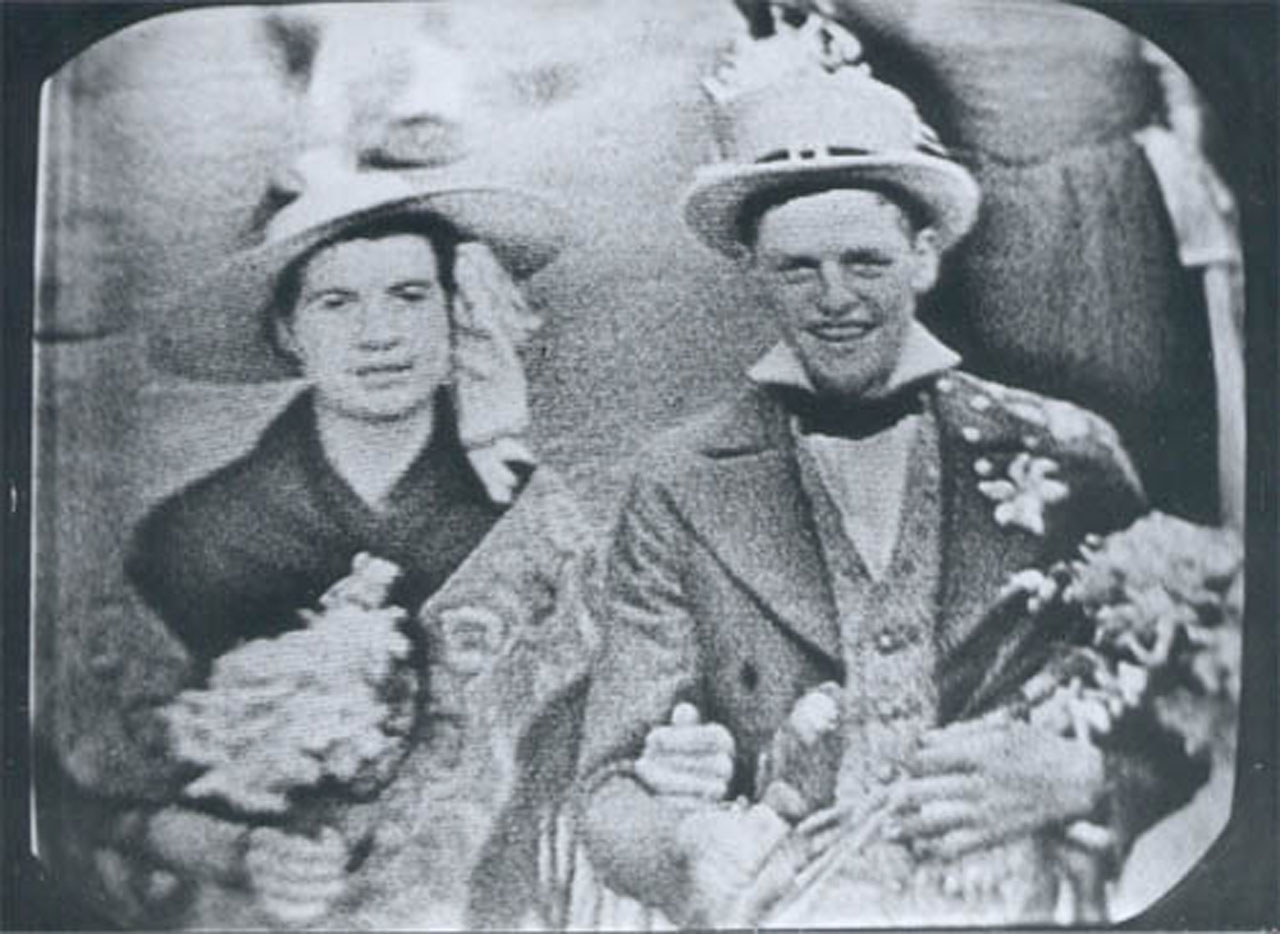
1954
The Eurovision permanent network
EBU Members established a permanent network of Public Service Broadcasters, which commenced service in June 1954. A series of public service media companies provided programmes commencing with the Narcissus Festival in Montreux, Switzerland. Today Eurovision offers permanent coverage of Europe, the Americas, the Middle East, North Africa, and the Asia-Pacific region, as well as ad-hoc coverage of the African continent and the Pacific Rim.
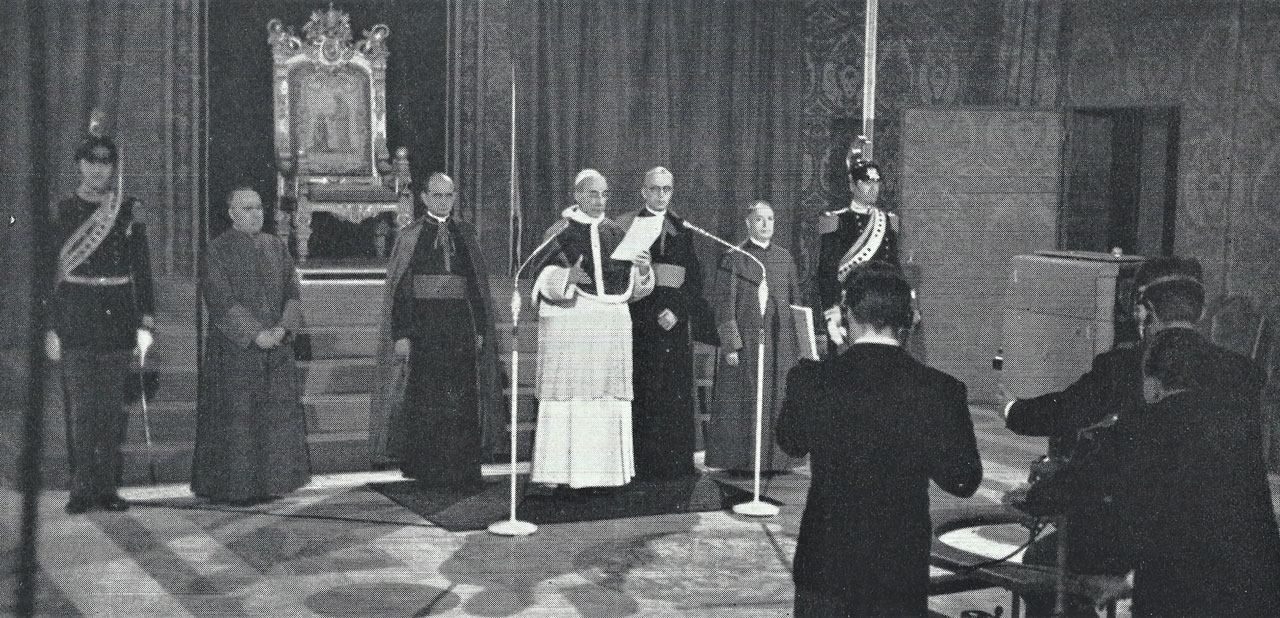
1962
The first intercontinental broadcast via the Telstar satellite
On 23 July 1962 the Telstar satellite relayed the first live transatlantic television signal. The broadcast was shown by European public service media, and coordinated by the EBU Eurovision Control Centre in Belgium.
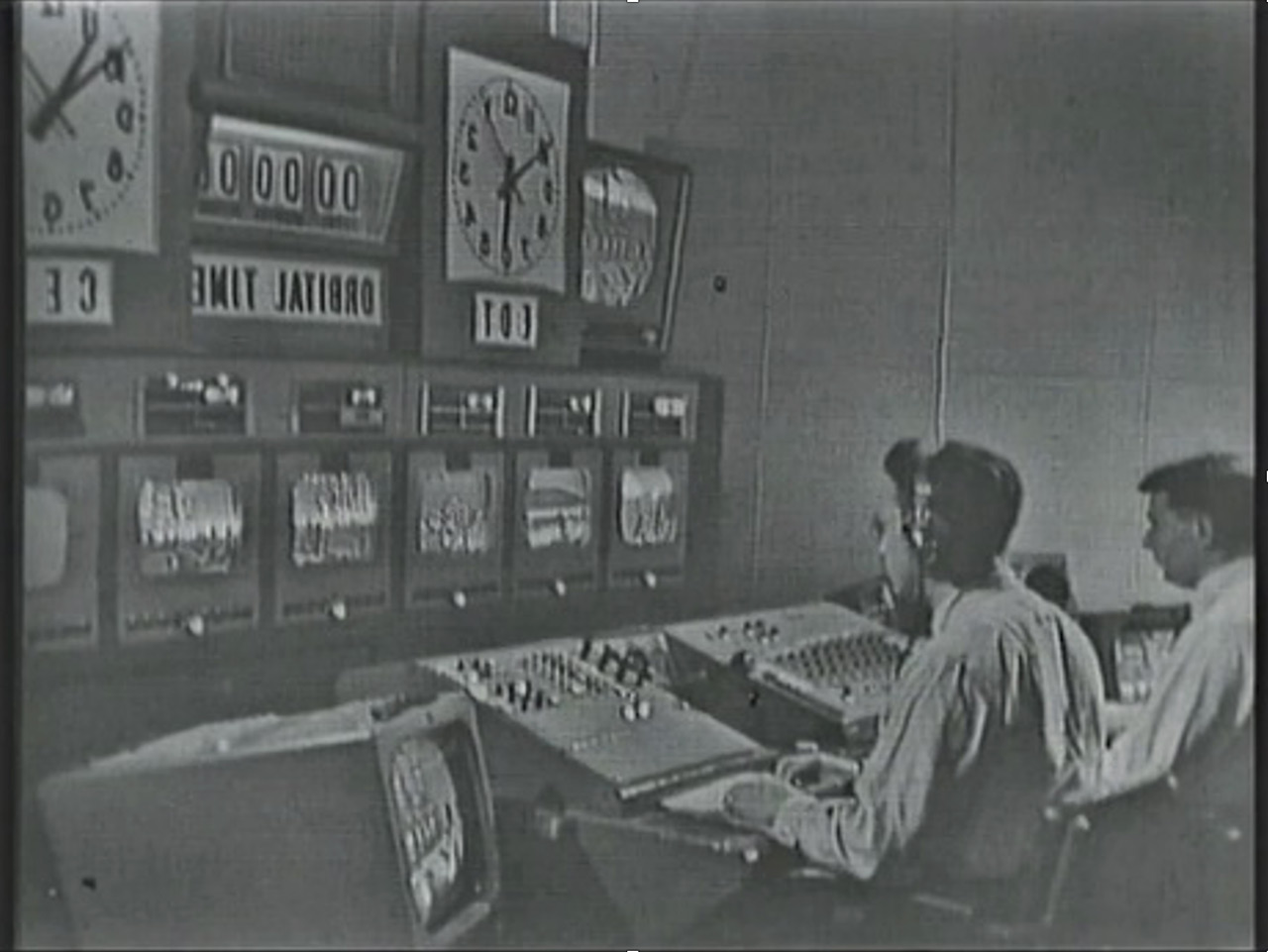
1964-1991
High-Definition Television
An NHK Public Service Media engineer, Dr Fujio, during the 1964 Olympic Games, dreamt of allowing the public the experience of being virtually present at the such events via a high-quality colour television system. Over many years, the technical means to achieve HDTV (high-definition television) were agreed internationally. The road to agreement was rocky, with many political dimensions. Finally, perseverance prevailed, due in no small way to contributions from public service media.
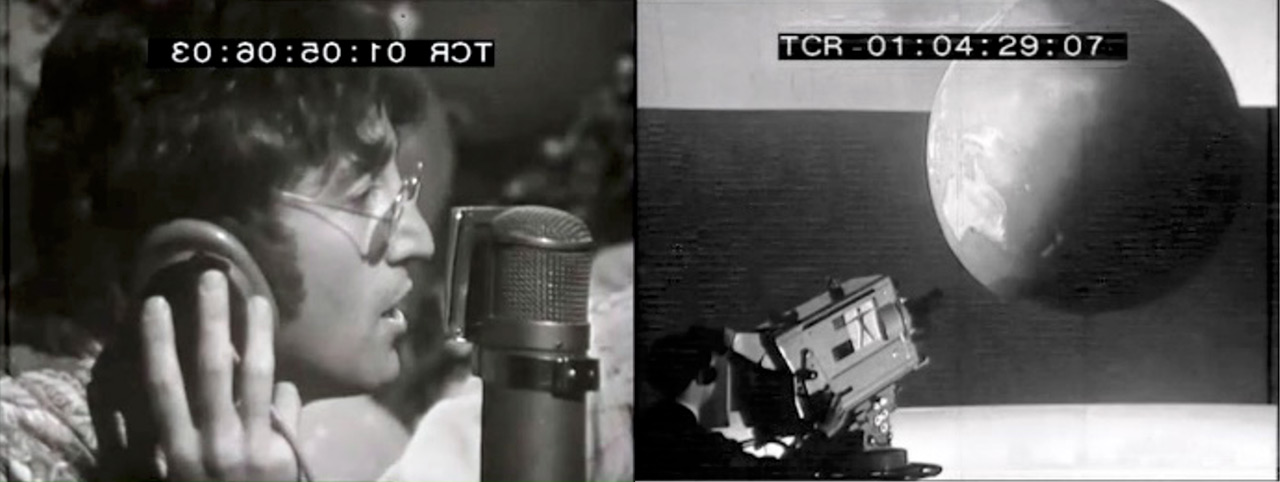
1967
The ‘Our World’ television programme
With satellite beams covering the world, the stage was set for the greatest television programme interchange technical achievement the world had ever seen, organized by the EBU and Associate Members in the United States. There were contributions from nations around the world displaying aspects of their lives. The UK contributions included the ‘Beatles ‘.
Next: 1970s1970-1987
Broadcasting Traffic Information
Always considered a part of a public service mission, since 1987 the automotive industry supported this function and has implemented this in all car radios for the European and US markets. RDS and DAB are used to carry the Traffic Information.
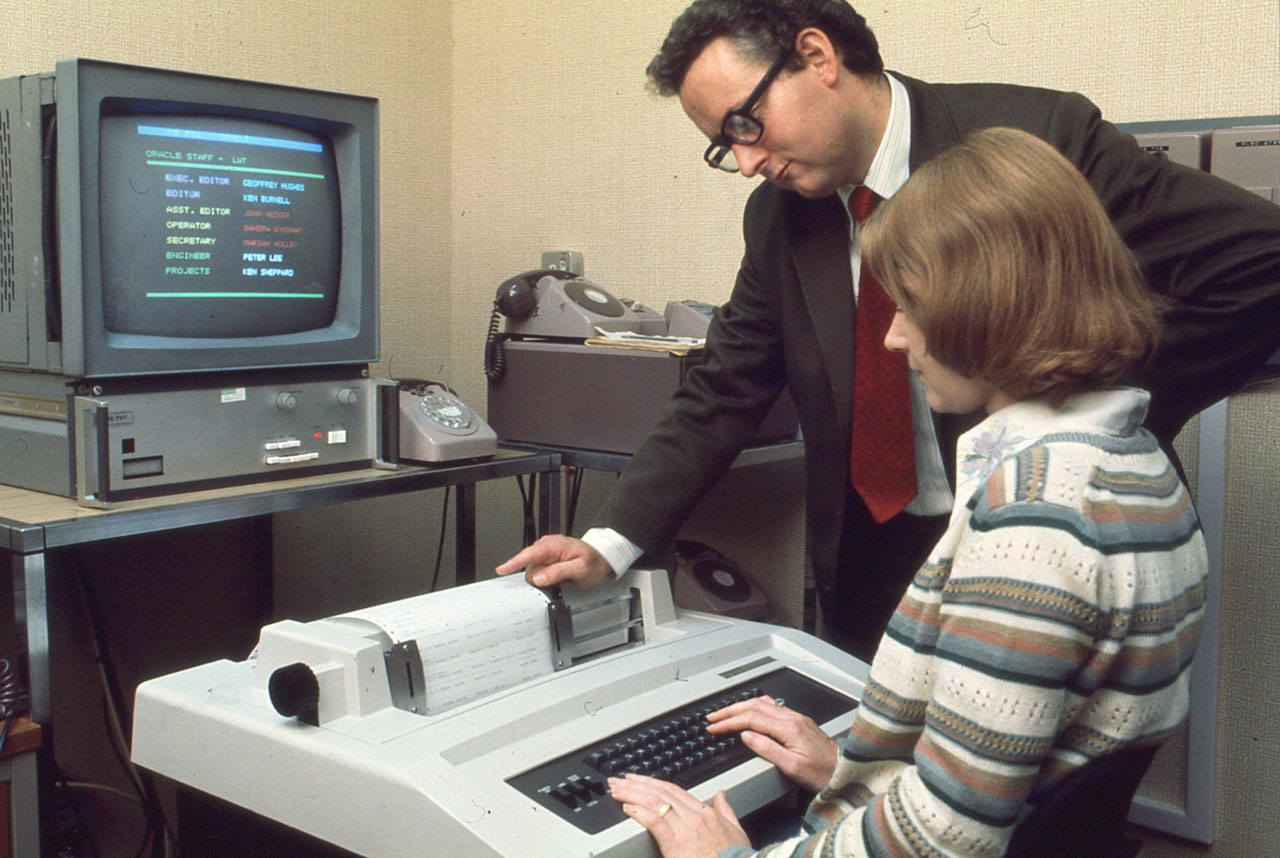
1972-1975
Teletext
Teletext was a predecessor of the Internet. It offered data hidden in a TV picture that could be converted to text and simple images on a TV screen. Systems were developed by public service broadcasters in the UK (IBA/ITV Oracle, BBC Ceefax) and France (Antiope). The first live service demonstrations were given by the UK IBA in September 1974 followed by the BBC. In the years that followed, there was widespread use across the world of the unified fixed format Teletext system. Teletext not only brought news and information, but it also gave birth to optional subtitles for the deaf and hard of hearing – our first ‘accessibility’ services.
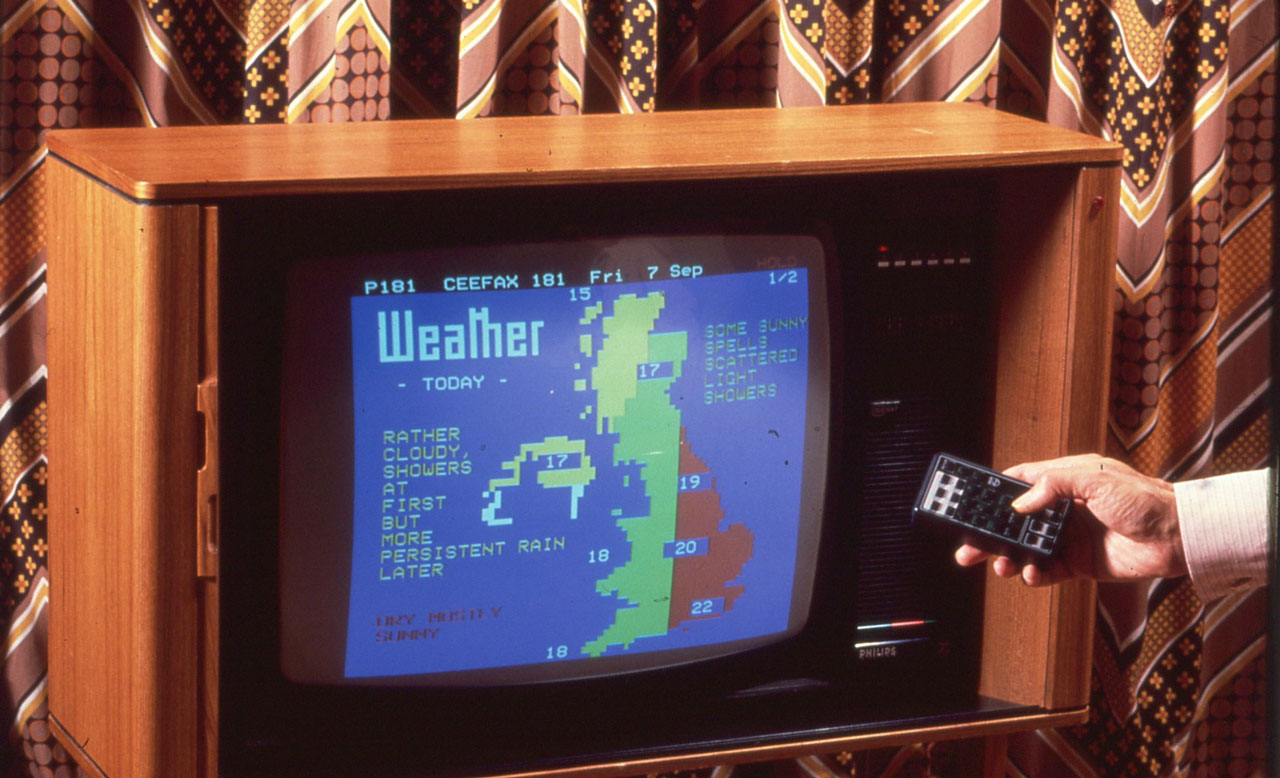
1974-1992
The Radio Data System
In 1978, public service media began the development of a system to broadcast data for converting into texts in the radio receiver information such as channel names, programme content, and transmission details, so that they could be displayed on the small screen of a radio set. This became the RDS system. The system is used in many parts of the world today.
1977
The WARC 77 Conference
The birth of direct satellite broadcasting arrived with the ITU WARC `77 conference in Geneva. The conference allocated nations a given number of channels for providing television by satellite. The software used for calculations included that developed by public service broadcasters. Over time the sensitivity of receiving equipment improved and other lower power satellites were also used for broadcasting. Nevertheless, WARC ‘77 can be seen as the dawn of direct satellite broadcasting.
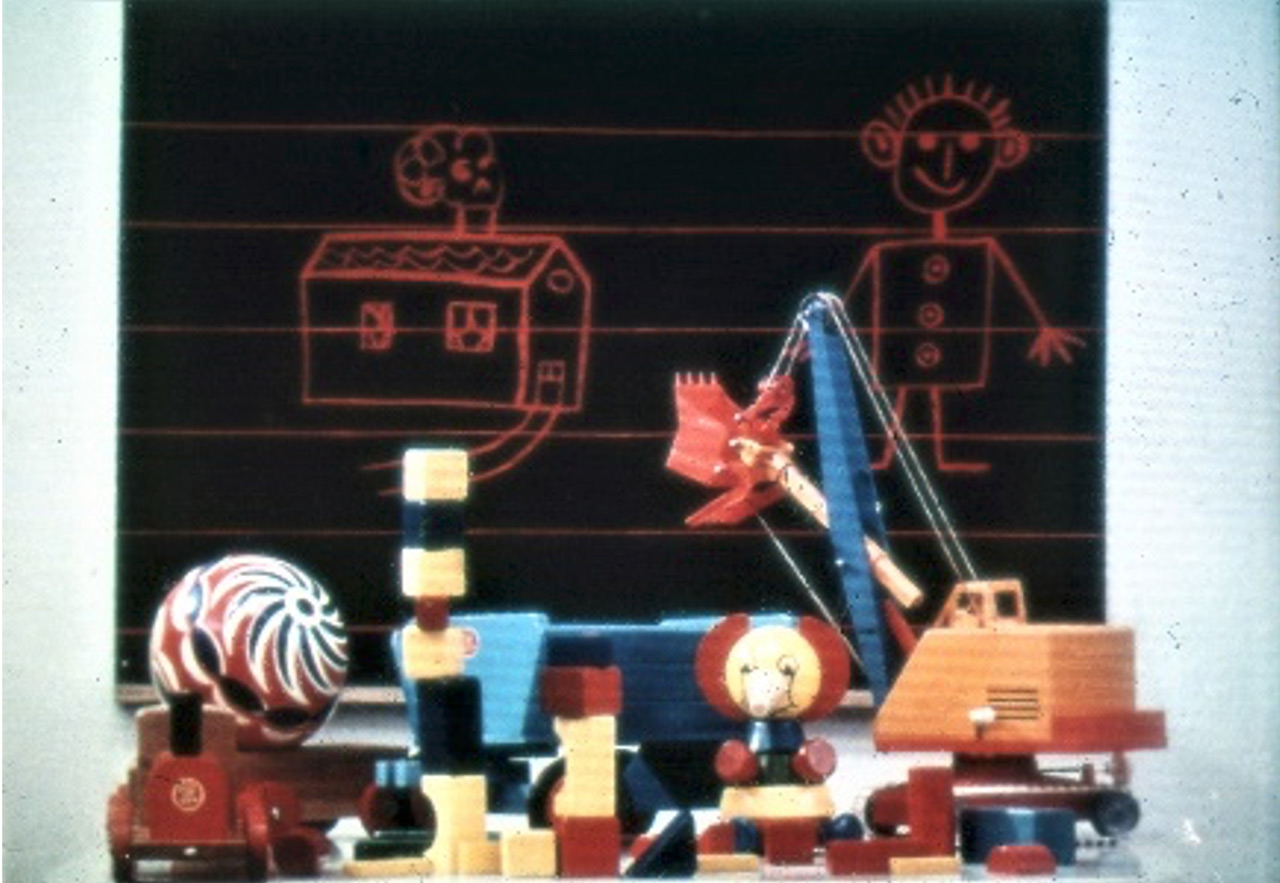
1979-1981
The EBU Method of image quality evaluation
The choice of technology for television images is necessarily based on scientific evaluations of the different parameters that affect the quality. This is done by ‘psycho-physical’ evaluation methods. The EBU Method of image quality evaluation was devised by public service media organizations. It became a world standard used to decide on parameter values for image systems.
Next: 1980s1979-1981
Digital television programme production
Apart from quality limitations, ‘analogue’ television meant inconvenience because different television standards were used in various parts of the world. Public service media agreed that, in the digital age, we must devise a single common technical standard. After extensive experimentation and dialogue across the world, this was done. The ‘4:2:2’ television standard was agreed in 1981 and is still used today. All future television standards, HDTV and UHDTV, are derived from that original standard. The technical details of the standard drew heavily of the experimental work of public service media.
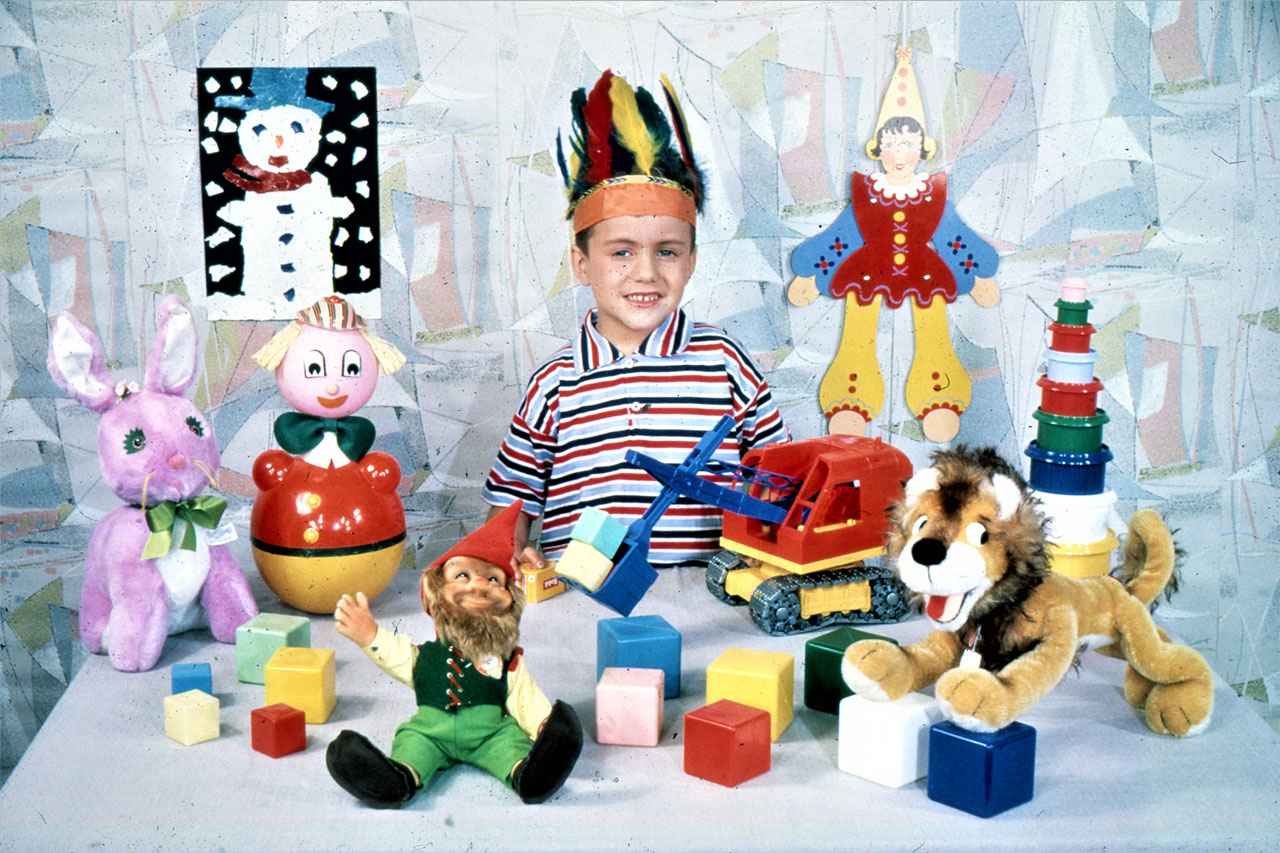
1979-1985
The AES/EBU Digital Audio Interface
Having a digital format for video production, the world needed an equivalent format for digital sound production. Derived initially from an engineer’s drawing on a table napkin, after extensive international discussion, the AES-EBU digital audio interface was agreed by transatlantic discussion in the mid-1980s. It is still used around the world as the benchmark for digital audio production.
1980-84
THE MAC and HD-MAC systems
Throughout Europe a plethora of different analogue television standards were set to be used for satellite broadcasting. Public service media argued that Europe deserved a single satellite broadcasting standard, so that common receivers could be used, and viewers could experience the broadcasts of other nations. A transmission system to do so, MAC, was devised and agreed. It was a single common system, but it also would be capable of higher technical quality than the analogue PAL and SECAM systems. The system worked well, and European industry went on to develop an HDTV version, HD-MAC. However, time and technology overtook them, and they were superseded by digital broadcasting formats.
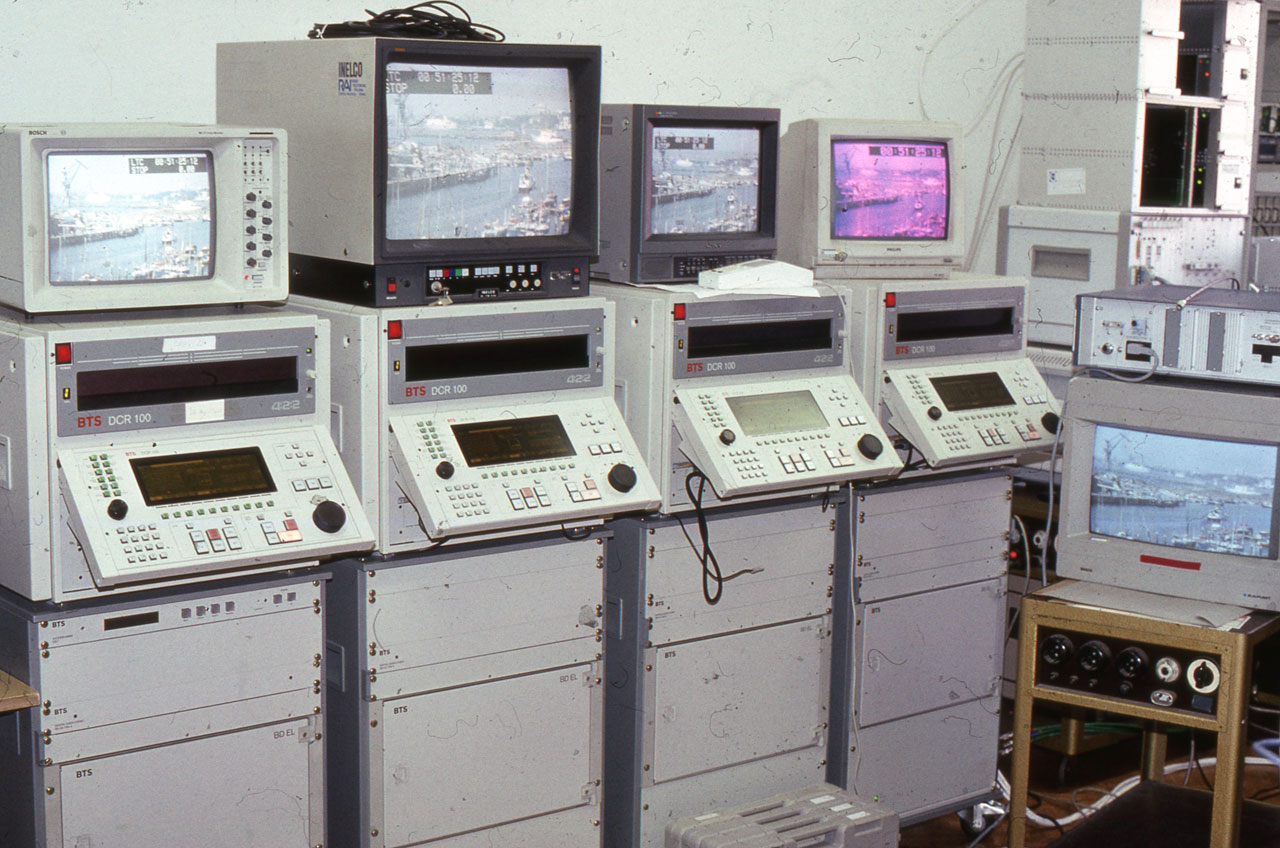
1985-1987
The Professional Digital Television Video Tape Recorder
Once the standard for digital television programme production had been agreed, it was necessary to turn to the key enabler of professional television programme production – the video tape recorder. A group led by public service media led the development of the ‘D1’ Digital Television Tape Recorder, which recorded faultless copies of the scenes shot by cameras using the digital production standard. It was the first of an evolving series of digital tape recorder formats, though now replaced by ‘solid state’ recording.
Next: 1990s1985-1995
Digital Audio Broadcasting
In the 1980s, many media technologies were in transition from analogue to digital, bringing greater capacity and flexibility. A new way of squeezing high quality audio in smaller space (MUSICAM), and a new way of carrying digital signals over the airwaves (COFDM) were developed by public service broadcasters in Germany and France. From these, and other innovations, an international group developed the Digital Audio Broadcasting Systems DAB. The first DAB broadcasts began in 1995 by public service media in Norway, Sweden, and the UK. Subsequently the more efficient refinement DAB+ was devised.
1988-1992
The PALplus system
Developed by a consortium of companies including major public service media organizations in Germany and the UK, PALplus provided a means to broadcast ‘wide-screen’ analogue television images using a 625-line analogue PAL TV channel. The innovative system worked well but it was overtaken by digital television and high-definition television.
1989-1993
Digital Television Broadcasting
There are ‘ideas whose time has come,’ One was developing a common digital television broadcast standard. In 1989, the Swedish public broadcaster SVT first proposed that the EBU should develop a digital television broadcast specification. The same idea also arose elsewhere, including in a grouping of German companies. Supported by many, the DVB project was set up. It agreed the first digital satellite broadcasting standard in 1993 and terrestrial broadcasting standard two years later. Today DVB standards are used by over one billion homes throughout the world.
Next: 2000s1991-2005
The TPEG system
The Transport Protocol Experts Group was started in 1991 by the EBU to develop a system to carry traffic and travel information that could be used in digital broadcasts and wireless Internet. It includes information on road conditions, weather, parking, etc. The system became widely used though a number of commercial variants were created.
2006-2012
Ultra High-Definition Television (UHDTV)
The Japanese public service broadcaster NHK, supported by the EBU, led the international standards bodies to agree a technical standard for the next generations of television standards going beyond high-definition television. There are two UHDTV quality levels. The first has four times the potential detail per image of HDTV and the second level has sixteen times the potential detail per image. They will become the future of television in the years to come.
2008-2012
3D Television
3D TV systems developed until now are based on the use of two images that are intended for the left and right eyes (stereoscopic television). These systems were thought to be initially promising and likely to be important in the future of television. After trial TV services, it became clear that there were limitations in production grammar and issues of potential eye fatigue after prolonged viewing that could limit the use of these systems. The future may see more sophisticated 3D generation and delivery systems, based on the transmission of ‘object-waves’ or other techniques.
2012-2020
Enabling digital programme-making using Internet Protocol (IP)
Internet Protocol is the standard system for sending digital signals to a destination that is rather like an electronic equivalent of sending letters in an addressed envelope. Not just valuable for the Internet itself, it was clear by 2010 that ‘IP’ could also be used for efficiently sending signals to different parts of the television programme production process. This would make it simpler to connect equipment together and make production more efficient. Making this possible was the result of collaboration between the EBU and many other technical groups. This work has significantly changed the professional media production landscape.
2012-2016
Compatible High Dynamic Range (HDR)
Following the development of the formats for Ultra High-Definition Television, public service media and others argued that an additional and powerful way to increase the sense of reality of the image would be to increase the image dynamic range (the range from lightest to darkest parts of the image) given the capability of the television display. Such a measure could be valuable for both HDTV and UHDTV images. The Hybrid Log Gamma HDTV system, developed by public service broadcasters, is one of the ways of providing HDR images that are compatible with TV sets with a standard dynamic range.
2020-2021
A European Perspective – the EBU news sharing system
The EBU created a pioneering online initiative that enables public service media to transcend language barriers and offer their audiences trusted news content produced by counterparts from across Europe. Viewers can benefit from a pan-European perspective on issues of key interest to national audiences, such as the COVID-19 pandemic, and climate change. The service is under-pinned by the EBU’s PEACH (Personalisation for Each) system for generating recommendations for journalists, and by EuroVOX for transcription and translation of articles and associated media.
2005-2020
Collaborative networks and contents
Media can be delivered to the user by over-air broadcasting, cable, IPTV, and Internet. Each delivery platform has capabilities and advantages in different circumstances. Public service broadcasters have developed a range of media delivery systems that combine and exploit the strengths of the alternative delivery systems.
2005-2020
Hybrid Broadcast Broadband Television (HbbTV)
Inspired by public service media in Germany, a system combining media delivery options by broadcast and broadband was developed by a cross industry group - HbbTV (Hybrid Broadcast Broadband Television). HbbTV exploits the strengths of each delivery platform, providing additional content and accessibility services by Internet. It is now used in many countries. It is a combination of benefits of ‘collaborative content’ and ‘collaborative networks.
2005-2020
Internet platforms for media services
In 2006 UK public service broadcasters developed an Internet Platform, the iPlayer, which allowed viewers with broadband Internet connections to watch past and new programmes. It can augment or substitute an Internet viewing experience for a broadcast viewing experience when convenient and possible. The success of the iPlayer was followed by similar systems developed by other public service organizations, such as MediaThek in Germany.
2020...
The potential for 5G broadcast
Public service media together with other organisations are examining using collaborative networks to optimise services for all receiving situations, inside and outside the home. Mobile phones today can access media using conventional ‘unicast’ or ‘multicast’ protocols using Internet network capacity. Public service media are suggesting a system that can make use of a version of the new generation of broadband wireless digital telephony delivery, 5G, to allow mobile and car users to access the media content they want more easily.
Next: 2022 and beyond2022 and beyond
The merging of Media, IT, and IP
What innovation will PSM bring in the future? The future of media delivery, and the challenge for public service media, belong to imaginative and creative combinations of the following:
- an ever-increasing sense of realism and involvement in image and sound media
- greater personalisation possibilities of services
- exploiting and combining the strengths of Internet Platforms and broadcast delivery
- Cloud and IT applications such as Artificial Intelligence for programme making
- universal delivery by IP and cooperative networks
It’s time for more dreams!
Contributors
Content: David Wood. Editing: Claire Rainford. Design: John Howe. Production: Amy Wong